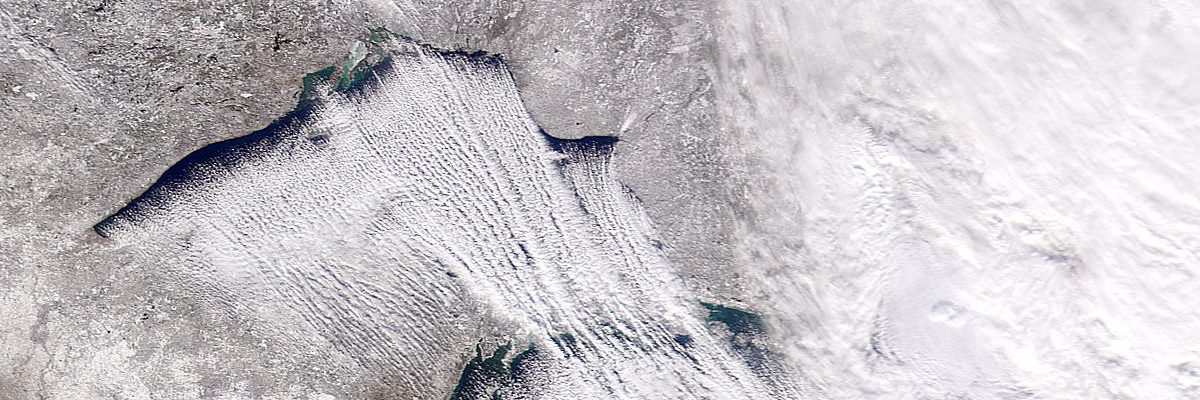IBL User Group Meeting will take place on 2nd – 5th October 2017 in Split, Croatia The aim of the meeting is to expand cooperation and communication in the community of IBL product users where we will cover Visual Weather, Aero Weather, Moving Weather Online Weather, Numeric Weather and Climate Weather products. […]
Recode Weather
We have rebranded one of our products that went by the (quite hard to pronounce) name of TDCFTAC when it was installed as a complement to the Moving Weather switching system (this is the name most of you have known it by) and by the name of BUFR Migration Tool when installed as a standalone product. The old […]

Meteorological Technology World Expo 2017
Come to visit us at Meteorological Technology World Expo 2017 in Amsterdam between 10 – 12 October 2017! We will be there at stand no. 10010 to show our software helping to handle really big datasets, or just stop by to talk about actionable weather data processing.

Lake-effect snow
The most fabulous circulation setup of this winter in the Central Europe was the very cold air outbreak around January 6th. Temperature at 850 hPa level reached -20°C above Poprad aerological station, which is a very rare value within the last 25 years.As the cold air flows to the south over the Baltic Sea, temperature […]

Temperature inversion

Vertical wind shear in the tropics
According to theory, the most typical circulation difference between mid- and tropical latitudes is there is almost no vertical wind shear in the tropics, i.e. there is the same wind speed and direction with the height. However, situation is much more complex in the reality. Nice example of the tropical weather complexity is the Southeast […]

Can polar cap air reach the opposite hemisphere?
There are lot of meteorologic variables and many of them are very advanced, but still, we are able to obtain key information just from a single parameter. If we are familiar with the parameter’s natural background, the only trick is – visualisation 🙂 We choose a dew point today which is – by definition – […]
